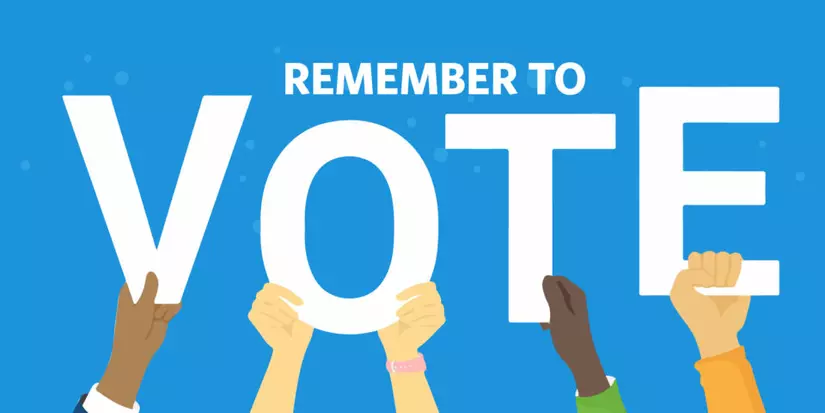What is Sprint Retrospective?
The purpose of Sprint Retrospective is to plan ways to increase quality and efficiency.
The Scrum Team examines how Sprint has played out across factors such as people, interactions, processes, tools, and Definition of Done. Factors tested are often different depending on the field as well as the work of the team. The difficulties that caused them to deviate are identified and their origins uncovered. The Scrum Team discusses what was good during the sprint, what problems were encountered and how those problems have been (or haven’t been) solved.
The Scrum Team identifies the most effective changes to improve efficiency. The most effective improvements will be implemented as soon as possible. They can even be included in the Sprint Backlog for the next Sprint.
The Sprint Retrospective will end a Sprint. It is limited to a maximum of three hours per Sprint per month. For shorter Sprints, this event will usually be shorter.
There are many ways to conduct a Sprint Retrospective session. In this article I will introduce a relatively simple but very effective, proven through a long time.
The Start, Stop and Continue Retrospective

This method is called “start, stop and continue” because during the meeting the team members will have to ask questions about what they will start, stop and continue to do in the upcoming sprint.
Start with “Start”. These are jobs that team members think the team should add to their workflow. For example:
- Show team task results to customers sooner
- Determine early acceptance test and together with the customer execute it
- Go to work early to attend the Daily Scrum on time
- Cross code review
“Stop” lists are things a team member thinks is ineffective or a waste of time. The team should study and agree to stop doing it. For example:
- Spend more than 15 minutes on the Daily Scrum
- Pull requests must be apporve by all members of the group
- All tasks must have design detail
“Continue” list contains the work that the team wants to continue to do but has not formed a habit or have not achieved the desired goal. Any job on the “Start” list can be moved to “Continue” in a few Sprints. When the work becomes a habit or the original goal is reached, it will be removed from “Continue”.
Use many ways to gather information
The Scrum Master may require team members to provide work items in a variety of ways. The simplest thing is just say “Let’s go” and the team members can take turns giving their opinions or you can walk around the room and random choose one by one to ask them to speak. .
Sometimes you can multiply on a specific job (usually in the “Stop” list). You give out to the members paper and pens and ask the team to gather for a few minutes to write down what they want to start, stop or continue.
Combining multiple methods of information collection is very important. It helps reduce boredom during meetings and stimulates many new ideas from the team.
Vote

After we had enough ideas for the “Start” and “Stop” lists, our team members voted. Scrum Master can ask each team member to vote for one or more items, different jobs (can vote for many jobs with the same list in the two categories above) will be performed in the next sprint.
Performing multiple choice votes allows the team to decide to do more improved work. Usually no more than 3 options should be given. Selecting too many items as well as the to-do reduces the importance of the selected tasks.
Also discuss if the items in the “Continue” list are reached, if they are no longer important, discard them.
Next Sprint Retrospective
In the next Sprint Retrospective, I recommend the Scrum Master to bring up the lists created in the previous time (both selected and unselected jobs). This can help launch the meeting more quickly, as everyone has somewhat grasped the lists above.
Writing on a large, colorless board (remember the low tech high touch rule) will help your team focus and make decisions more effectively. Ideas will always be there if the team needs it or just wants to be easily referenced.
After all, go ahead and start the Start Stop Continue process.
Benefits of the Start, Stop and Continue Retrospective method
- Fast
- Easily
- Effective
- Safe
A Start, Stop and Continue to stick to the direction of action, less emotional. We won’t ask how the team members feel (happy, sad, happy, angry …). Many people said that it is important to understand the members’ feelings. But in some cases that is not necessarily true. In this method we need to quickly determine what to do to make the team better.
Each job created leads directly to a change in behavior. Team will start, stop or continue to do something until a habit is formed.
Source: https://www.mountaingoatsoftware.com/blog/a-simple-way-to-run-a-sprint-retrospective
